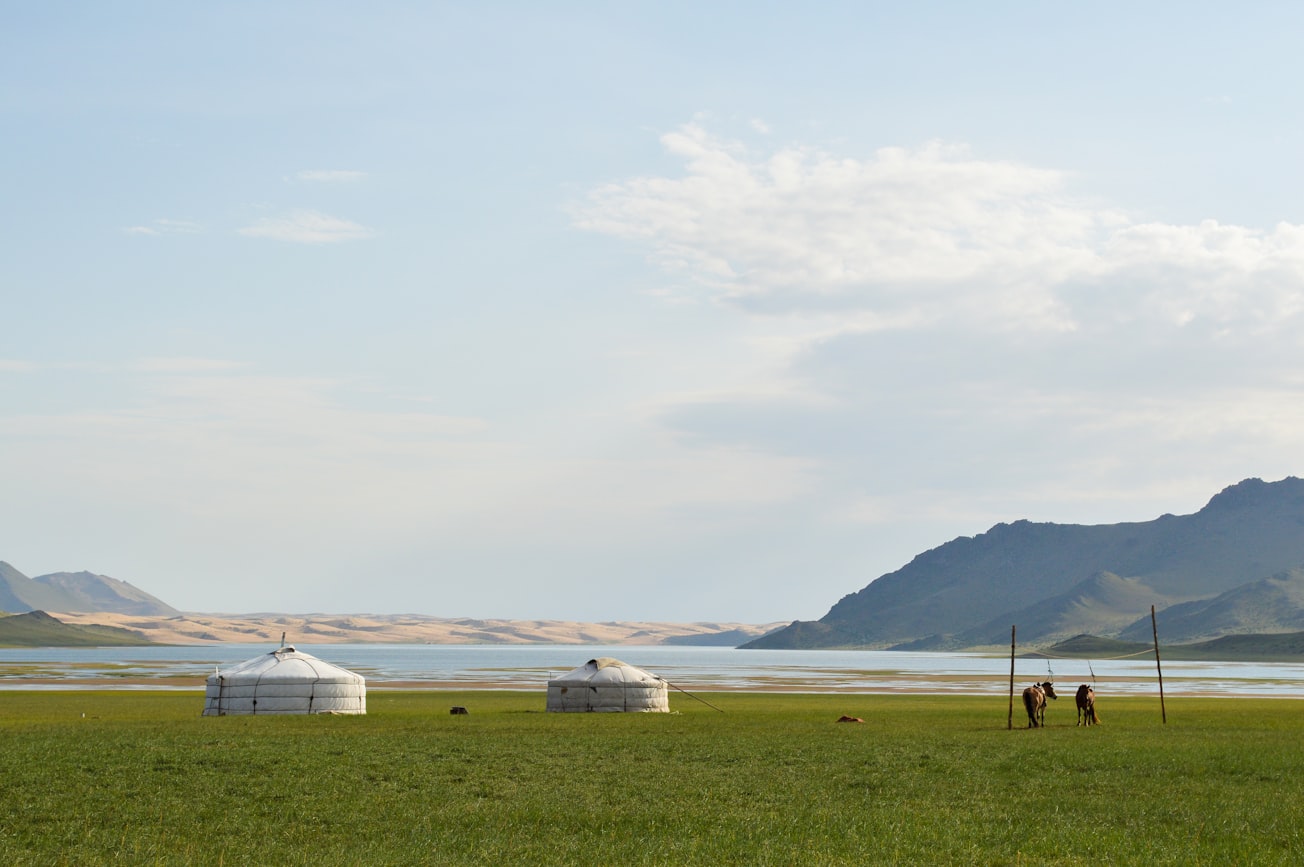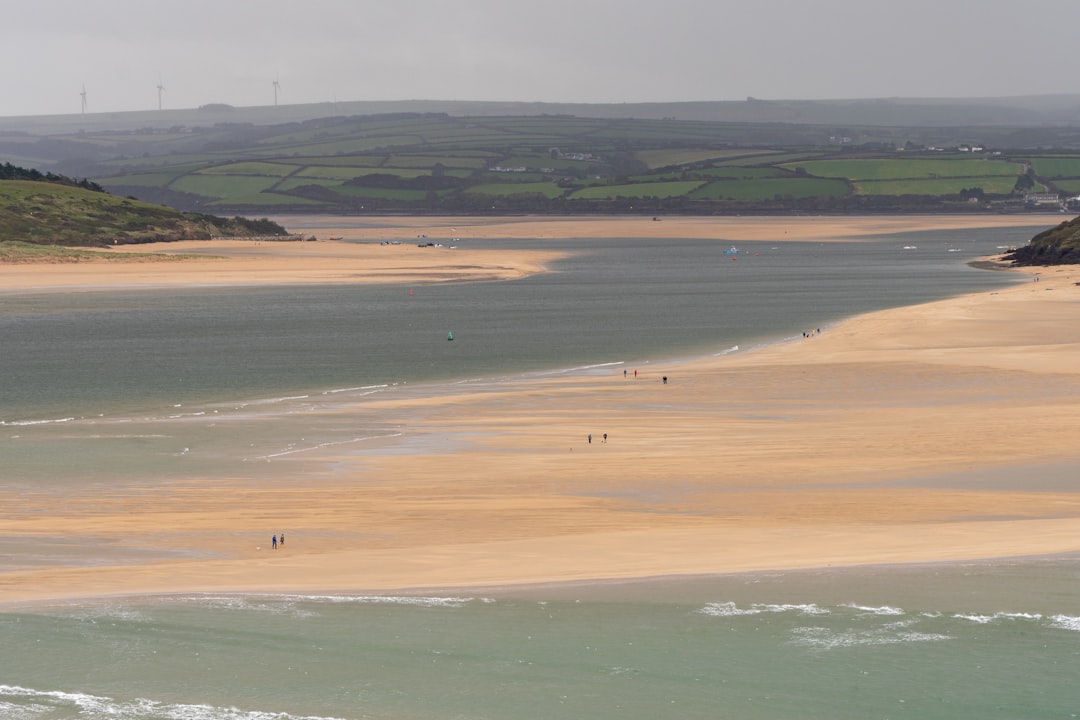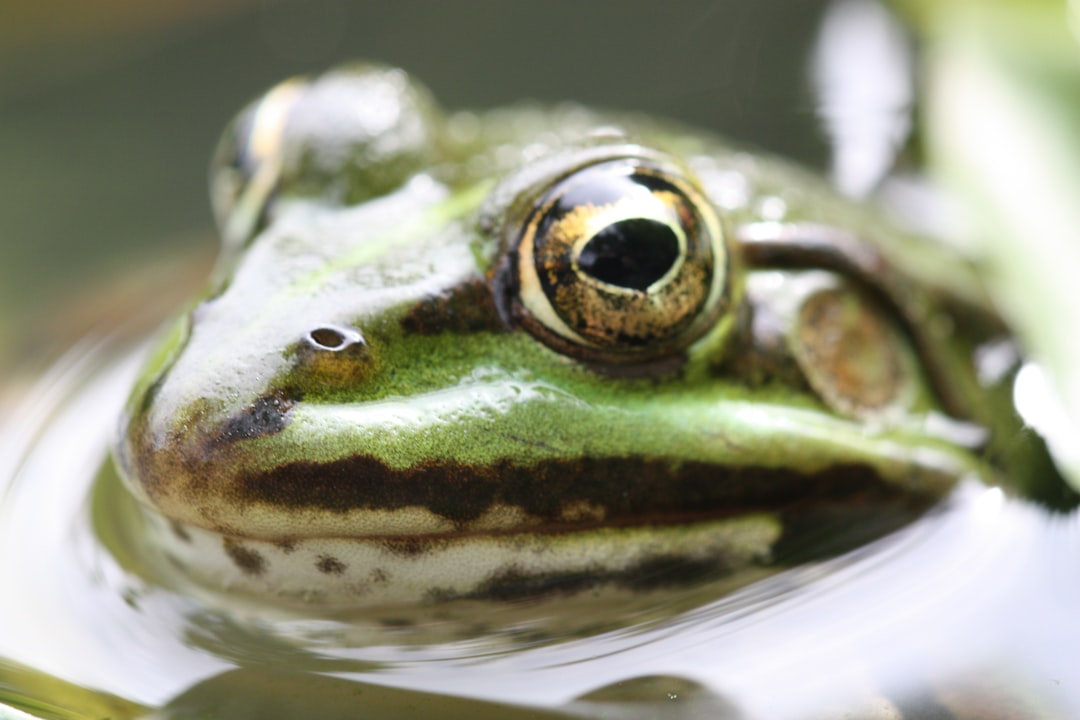What is it about?
Artemia (also known as brine shrimp), a small crustacean group that inhabits salt lakes, had been researched at the Department of Zoology of the Graduate School of Science, Kyoto University. In this publication, the authors reported the discovery of two previously unknown species of Artemia collected from salt lakes in Mongolia. This research is also a tribute to Professor Graziella Mura (one of the authors), who was a prominent contributor to global Artemia research until her passing in 2016, and who highlighted the importance of continued studying these fascinating organisms. This publication significantly contributes to zoology in general and expands our knowledge of Artemia species.
Featured Image

Photo by Dembee Tsogoo on Unsplash
Why is it important?
Artemia is a commonly used live bait in the global aquaculture and ornamental fish industries. Japan, in particular, relies on imports of 50 to 70 tons per year as brine shrimp eggs from the United States, China, and Southeast Asian countries. However, the production of Artemia is facing challenges due to the deterioration of habitat environments caused by global climate changes and the growing demand for fish-eating culture in Europe and China. We expect this situation will worsen in the future. Fortunately, the authors have discovered two new species of Artemia that have the potential to address these challenges. One of the species has a hatching time of only five hours, which is significantly shorter than the one to two days required for previously known species. Additionally, the new species reaches maturity in just 11 days, as opposed to the typical 16 days for existing species. In the past, several fisheries research stations in Japan attempted to breed Artemia on a large scale to become self-sufficient. However, natural predators such as daphnids and rotifers prevented the larvae from reaching maturity. These new Artemia species from Mongolia hold promise for breakthroughs and could improve the prospects of the global aquaculture and ornamental fish industries.
Perspectives
After discovering the eggs of a unique Artemia species in Mongolian salt lakes over 15 years ago, I collaborated with European researchers to verify its novelty. Our study was published, confirming the authors' findings. However, the practical use of this species could face further challenges if it invades areas beyond its native habitat, potentially destroying existing ecosystems. Thus, it is crucial to overcome several hurdles before considering its utilisation.
Dr. Hidetoshi Naganawa
Tokai National Higher Education and Research System
Read the Original
This page is a summary of: Two new cryptic species of Artemia (Branchiopoda, Anostraca) from Mongolia and the possibility of invasion and disturbance by the aquaculture industry in East Asia, Crustaceana, January 2017, Brill,
DOI: 10.1163/15685403-00003744.
You can read the full text:
Resources
Contributors
The following have contributed to this page










